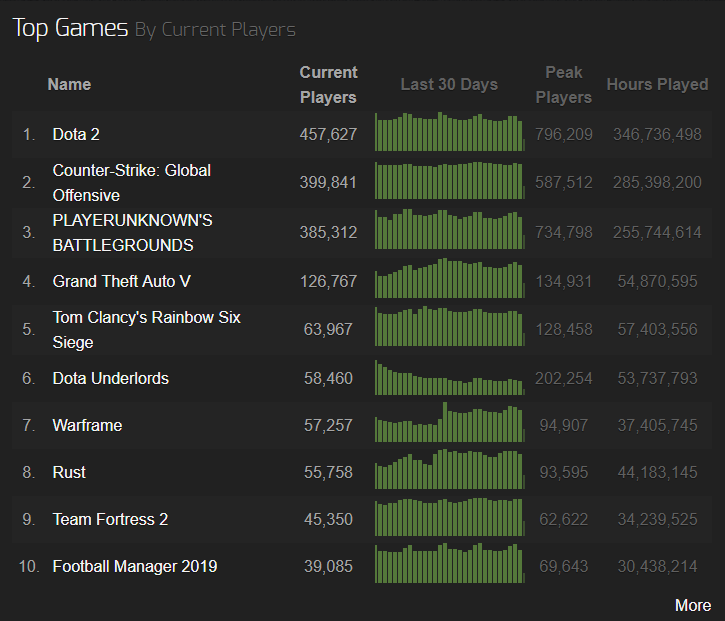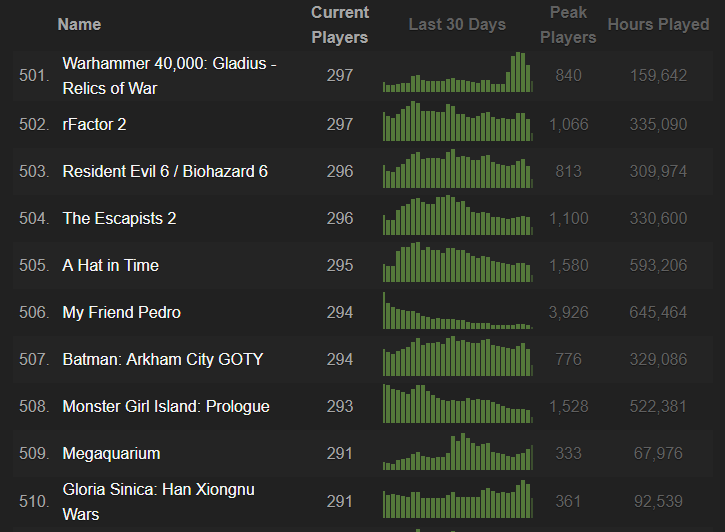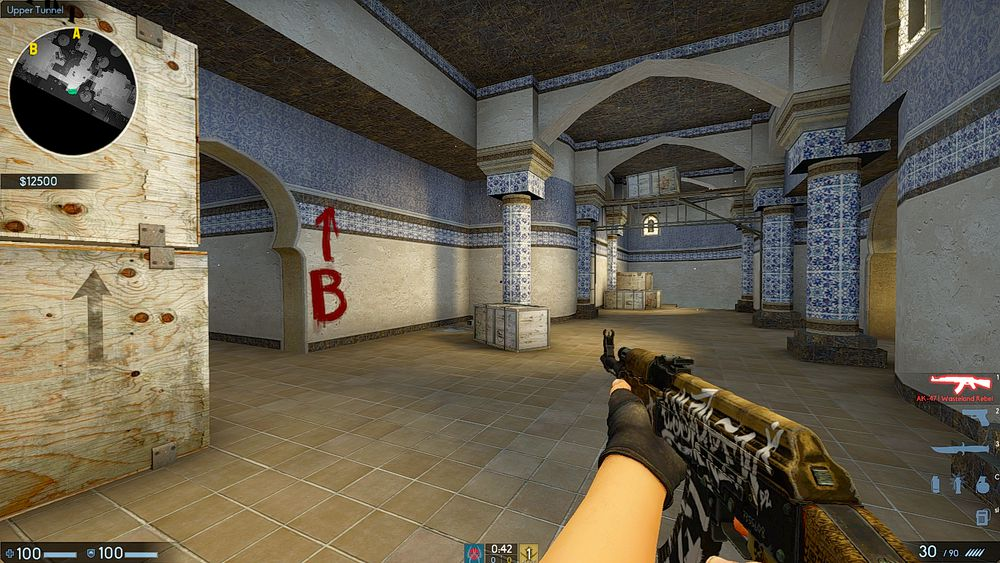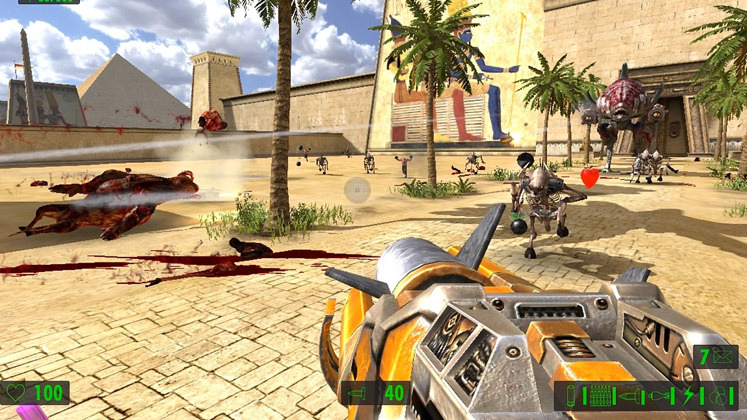Blueprint to a Successful Video Game
What do indie developers and big companies have in common? Both want to create a game that is loved by the public.
And a popular game means more revenue options and of course happiness from seeing your game/project doing well.
However, you may hear that there is no blueprint for success, and it's probably true, but there is a blueprint for a successful video game.
Note: It doesn't mean that the blueprint is easy, but if you are ready to put in the work, your chances of creating a successful game will increase.
There are 4 main elements that, when combined, create a recipe for a successful game:
- Game Name
- Lighting and Art Style
- Gameplay Mechanics
- Game Objectives
Game Name
What do popular games have in common? Almost all of them have a catchy and memorable name.
The game Name is the first thing that the gamer sees, and it has a big impact on whether the person will want to play/buy that game.
Just look at the Top 10 games from steamcharts.com (The list from 2019):

Don't know what you see, but I see a list of catchy and memorable names.
Even though some of the names in that list are long, their abbreviations are still catchy (ex. PUBG, CS: GO, GTA V, TF 2).
So if you decide to go with a long name, make sure it can be smartly abbreviated.
On the contrary, let's go a couple of pages down to less popular games (The list from 2019):

I never played any of those games so can't tell whether they are Good or Bad, but the coincidence is there, less catchy names get less attention.
Think of a catchy name as a shortcut for acquiring the initial player base, but the work still needed to be done to retain those players and make them come back for more.
Lighting and Art Style
Going back to the Top 10 Steam games. While all of them have somewhat different art styles, one thing is evident, all of those games have vibrant colors in their art style.
Nobody would like a rainbow if it was gray, and the same for video games, nobody likes games that have a bland color.
An example of good color contrast is Dust 2 from Counter-Strike: Global Offensive:

So make sure to add some contrast between colors when creating a level, but at the same time don't overdo it.
Gameplay Mechanics

Speaking of game mechanics, there is no definitive way on how they should be done, as every game is unique, and what works for one game, won't necessarily work for another.
But even with that, the Top 10 Steam games have one thing in common: The player is not 100% in control of their character.
Even PUBG, CS: GO and other first-person shooters have a slight delay between the Input and what is happening on the screen, almost as if the player suggests what to do instead of directly controlling the game character.
This is what creates immersion and excitement. You know that by pressing the W or clicking on the screen, the player would not react immediately, so you have to think about your moves in advance.
Game Objectives
Game Objectives could range from simple (facing waves of enemies) to more complex (collecting items in a specific order, or solving a riddle). But if you get the first 3 elements right (Name, Lighting/Art Style, Mechanics), the Game Objective becomes less important.
For example, Serious Sam has a quite simple Objective - eliminate the hordes of enemies using the most bizarre weapons. But because the Art Style and the Game Mechanics are enjoyable, the game itself becomes enjoyable, even if it has a repetitive Objective.

Conclusion
To summarize, pick a catchy but suitable Name (a name that suits your game the most, while still being catchy), plan out the Art Style for your game (or develop it gradually), and then write out the key Gameplay Mechanics your game will have, then develop everything else around it, and lastly, think of the Game Objectives that have a purpose, whether it's to unlock a new weapon or to advance to the next game level, etc.